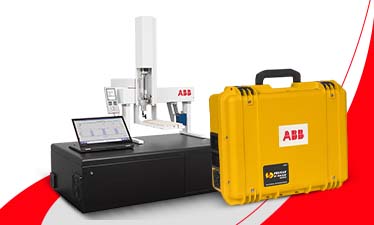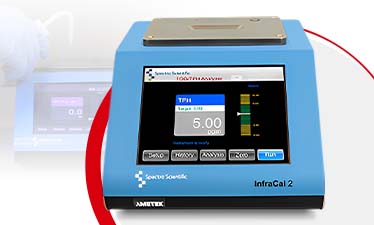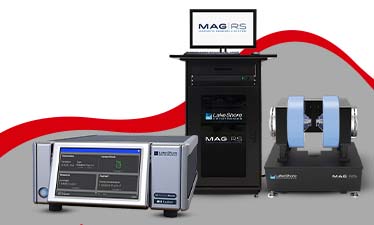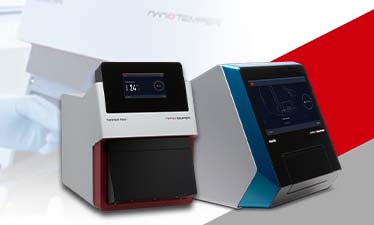A Quick Guide to Know About Solar Simulation Software
Solar energy is the most versatile renewable energy source. It can be manoeuvred to be used for various types of applications. Today, it's one of the trendiest renewable sources of energy that can be used for cooling, heating and brightening of commercial, residential or industrial facilities.
Solar photovoltaics for electricity, solar water heating and passive solar design for space cooling and heating are just some of the technologies that emerged and are now commonly used. However, experts are constantly engaged in solar cell research and developing more budget-friendly and energy-efficient products/systems.
One of the critical ways to advance towards solar cell research is utilising solar simulation software. This is particularly essential for solar designers, planners and sales consultants for them to create realistic and reasonable bids for potential solar customers. In this guide, we will discuss some of the important information and details about solar simulation software.
Keep reading till the end to find out.
The Use of Solar Simulation Software
The primary usage of solar simulation software is for building and modelling photovoltaic (PV) solar systems. But they are also used for assessing PV systems’ performance.
It makes a significant contribution in designing the system by conducting evaluation of size, options and specification of varied solar power system components like PV inverter, the solar panel array, battery bank along with assessment of any system losses.
Solar simulation software also comes in handy in calculating the impact of different tilt angles and orientations on system performance and international variables such as shading losses. Its capacity to determine the overall cost and payback period of commercial and residential projects is a vital aspect of solar simulation software.
Perks of Using Solar Simulation Software
Some of the primary perks of solar simulation software usage are as follows -
- Computes the influence of different tilt angles and orientations on the system performance over time.
- Helps in determining the size of various components in a solar photovoltaic system.
- Offer assistance in creating a report for a project or planning to achieve the goal of setting up a solar power system.
- It supports the calculation of power generation and energy output of a solar photovoltaic system depending on the time of day.
- Delivers cost-efficient analysis for designing an effective yet economical system.
Features to Look For In A Solar Simulation Software
Here are some of the essential features that you need to look for when choosing a solar simulation software.
Accuracy - The solar energy programme in the software must deliver precise calculation results for several elements such as energy yield, inverter size, number of panels (PV modules), etc.
Easy to Use - It should be easy to use. Both technicians and engineers should find the solar simulation software straightforward to comprehend and use.
User-Friendly - The software which will be used for the development of photovoltaic systems should have simple operations. This allows its users to obtain the results quickly after correct input of the necessary data.
If you are interested to learn more about solar simulation software then get in touch with an expert supplier now.








